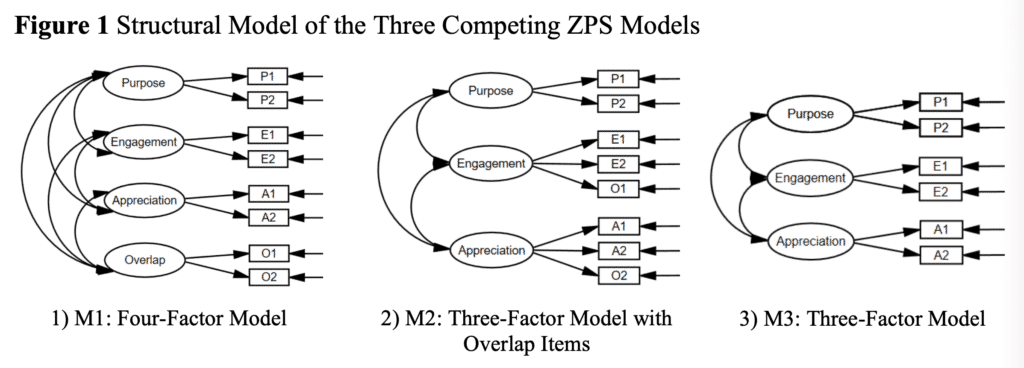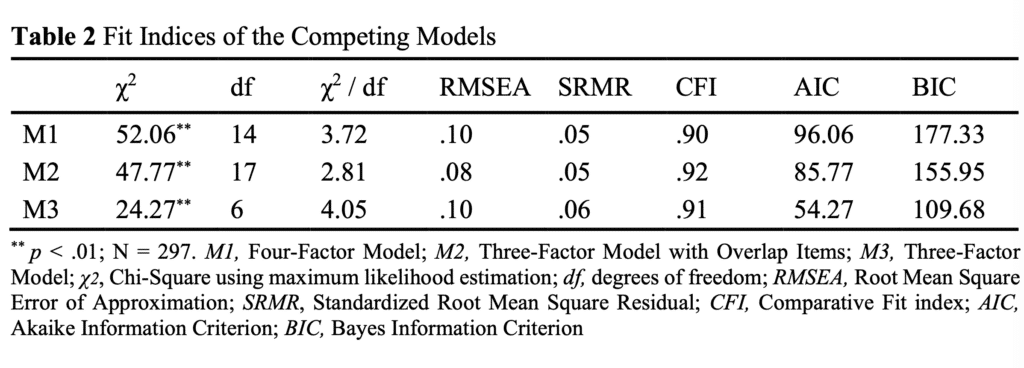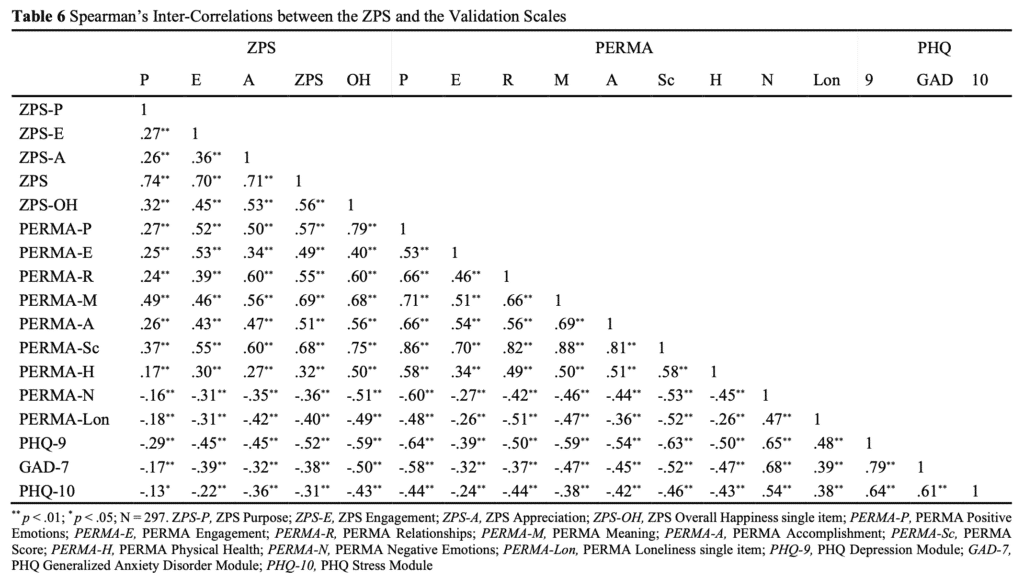The zentor Purpose Score was validated in a scientific study of the TU Munich as a reliable metric for happiness and fulfilment
Quite a while ago we asked ourselves ‘Can one measure fulfillment ‘ and realized that with the exception of our zentor Purpose Score there are only a few scientifically based metrics and questionnaires which capture the parameters of a fulfilled life. And those that do exist either give no indication of what might be missing for a fulfilled life or are quite long and complex to fill in.
This is not surprising after all, since fulfillment and especially purpose (or deeper meaning) as one of the main factors are very abstract and individually different concepts that are difficult to put into one ’empirical drawer’. Our approach at zentor, however, is to contribute as a mentor to a fulfilled life in an empirical way – i.e. with the help of data and facts. Therefore, we developed some time ago our zentor Purpose Score on the basis of various theoretical approaches with the aim of providing valid insights with very few questions, which allow for evidence-based individual recommendations. The questionnaire not only captures the current sentiment and the development over time, but also allows to draw conclusions about the causes of our emotional state (derived from happiness research) and provides clues for more fulfilment in life.
But all theory is gray, because until now we were convinced that our Purpose Score works well, but we lacked the empirical evidence, which we now – drumroll please– provide in the form of a scientific study in cooperation with the Technical University of Munich. In a study with 332 participants, the zentor Purpose Score (ZPS) was evaluated on the basis of scientific quality criteria as an independent construct and was compared with other key concepts and metrics. The study concludes with the following summary:
‘In summary, the zentor Purpose Score can be recommended as a valid happiness measure.’
(Dietrich, D. 2020, TU München)
Construct validity
For the internal validation of the ZPS as an independent construct for assessing happiness and fulfillment, different structural models were considered as to how the empirical results of the questionnaire can best be summarized into an overall construct by multiplicatively linking individual items – in sum with acceptable indices of model fit. In addition, the internal consistency and reliability of the ZPS were assessed as moderate to good on the basis of various criteria; the same applies to the reliability of the retest, which was assessed on the basis of a follow-up survey conducted a few weeks later.

Table 2 shows that both the four-factor model (M1) and the simple three-factor model (M3) yield almost equally good model-fit quality criteria and are suitable for the use of an overall purpose score. In the four-factor model, in addition to the three main sources for a fulfilled life (purpose, engagement, appreciation), an overlap metric of the three factors is also included – i.e. the extent to which engagement and appreciation each are perceived as purposeful. In our opinion, this is an important factor, given that if we draw our purpose, our commitment and our appreciation out of different tasks and areas of life, these become more difficult to integrate into everyday life – with its usual time constraints. The higher the overlap, the easier a fulfilled life should be feasible, so we decided to include the overlap factor in the ZPS.

For all fit indices (χ2 / df to BIC) applies: Smaller is better, with the exception of CFI
One recommendation of the study was to include two questions on sentiment – which had already been part of the questionnaire, but not the calculation – as a further factor in the ZPS in order to add the hedonistic aspect of a happy, fulfilled life to the more eudaimonic factors (purpose, engagement, appreciation). Of course we gladly accepted this recommendation, so that the zentor purpose score now consists of five factors:
- S: Sentiment / Current emotional state
- P: Purpose / deeper meaning
- E: Engagement
- A: Appreciation
- O: Overlap
External validity
To find out whether our ZPS actually measures what can be described as happiness or fulfillment, the results of the questionnaire were compared with various other proven concepts and metrics for similar topics. To compare our concept with the construct of ‘well-being’ and approaches from positive psychology, we used the PERMA Profiler, based on the scientific work of Dr. Martin Seligman (the founder of positive psychology). Here we expected a positive correlation.
For the comparison with ‘mental health’, we employed the common used Patient Health Questionnaire (PHQ), which is based on the standard reference work Diagnostic and Statistical Manual of Mental Disorders, Fourth Edition (DSM-IV). The underlying assumption here is that mental illnesses (especially depression and anxiety disorders) and the perceived burden of stress correlate negatively with the ZPS. We looked at the following three sub scales of PHQ: the Depressive Disorder Module (PHQ-9), the Generalized Anxiety Disorder Module (GAD-7) and the Stress Module (PHQ-10).

As expected, the ZPS correlates significantly positive (.68**) with the overall PERMA score, and the relevant sub-dimensions of the ZPS (P, E, A) with the relevant sub-dimensions of the PERMA model (M, E, R), accordingly. The zentor purpose score thus clearly measures similar constructs as PERMA and is a valid scientific instrument to measure fulfilment or happiness.
Equally evident is the slightly lower but clearly significant negative correlation of the ZPS with the sub scales of the PHQ. In other words, the higher the personal value of the ZPS (i.e. the more fulfilling the life of a person), the lower are the values for depression, anxiety disorders, and stress. The strongest negative correlation is with PHQ-9 (-.52**), which measures depression – another good indication that the ZPS measures the opposite of depression, namely a happy, fulfilled life.
Literature:
- Dietrich, D. (2020) How to measure happiness? Master Thesis for the Attainment of the Degree Master of Science at the TUM School of Management. Technische Universität München
- Schellhaas, V. (2019a). Kann man Erfüllung messen? https://zentor.de/kann-man-erfuellung-messen
- Schellhaas, V. (2019b). Wie passt Wissenschaft und Glück zusammen? von https://zentor.de/wie-passt-wissenschaft-und-glueck-zusammen/
